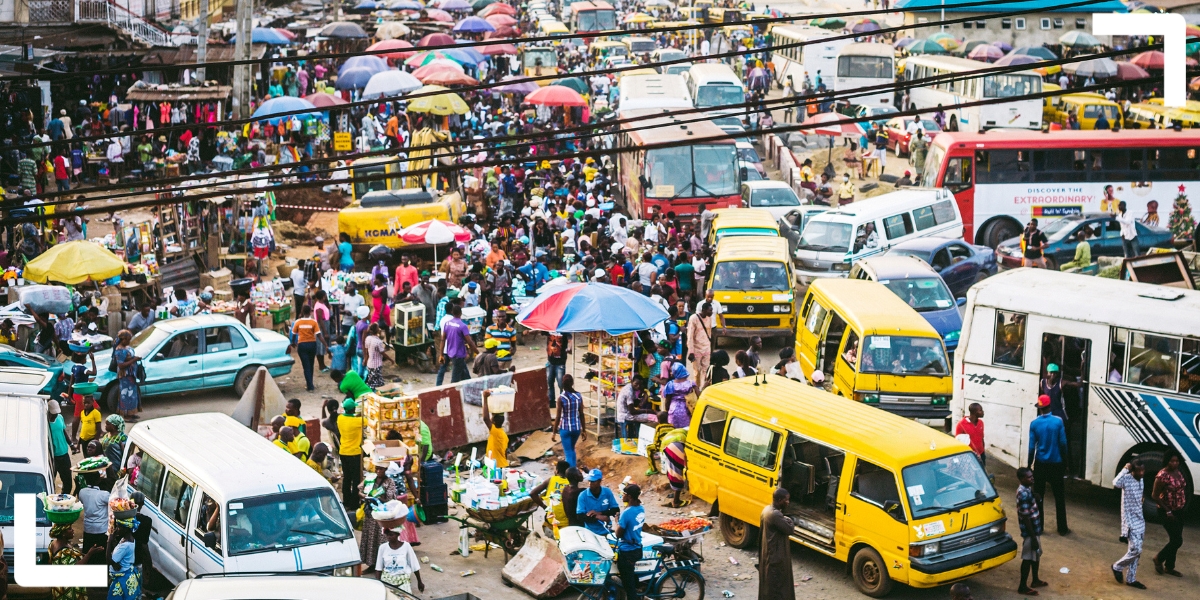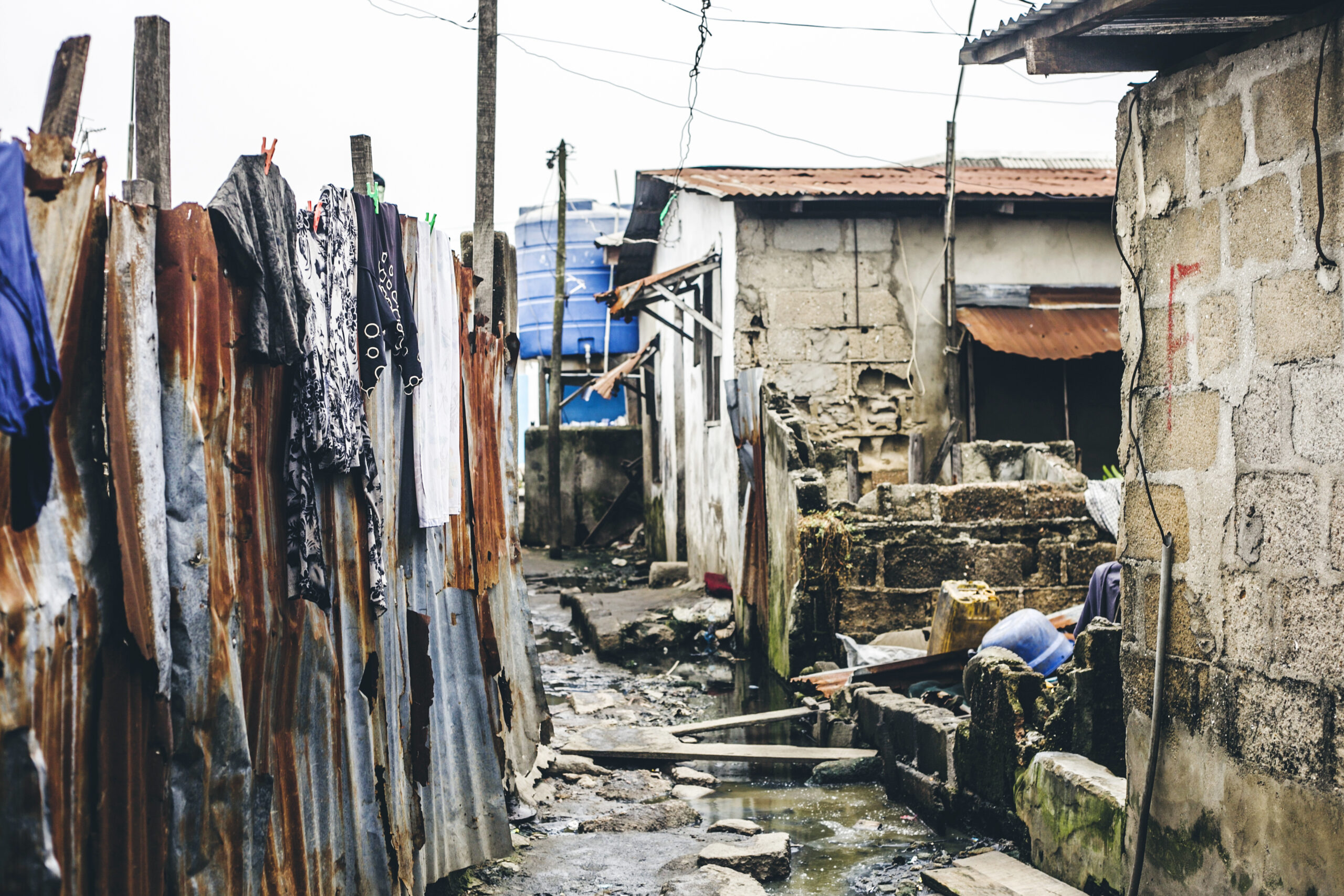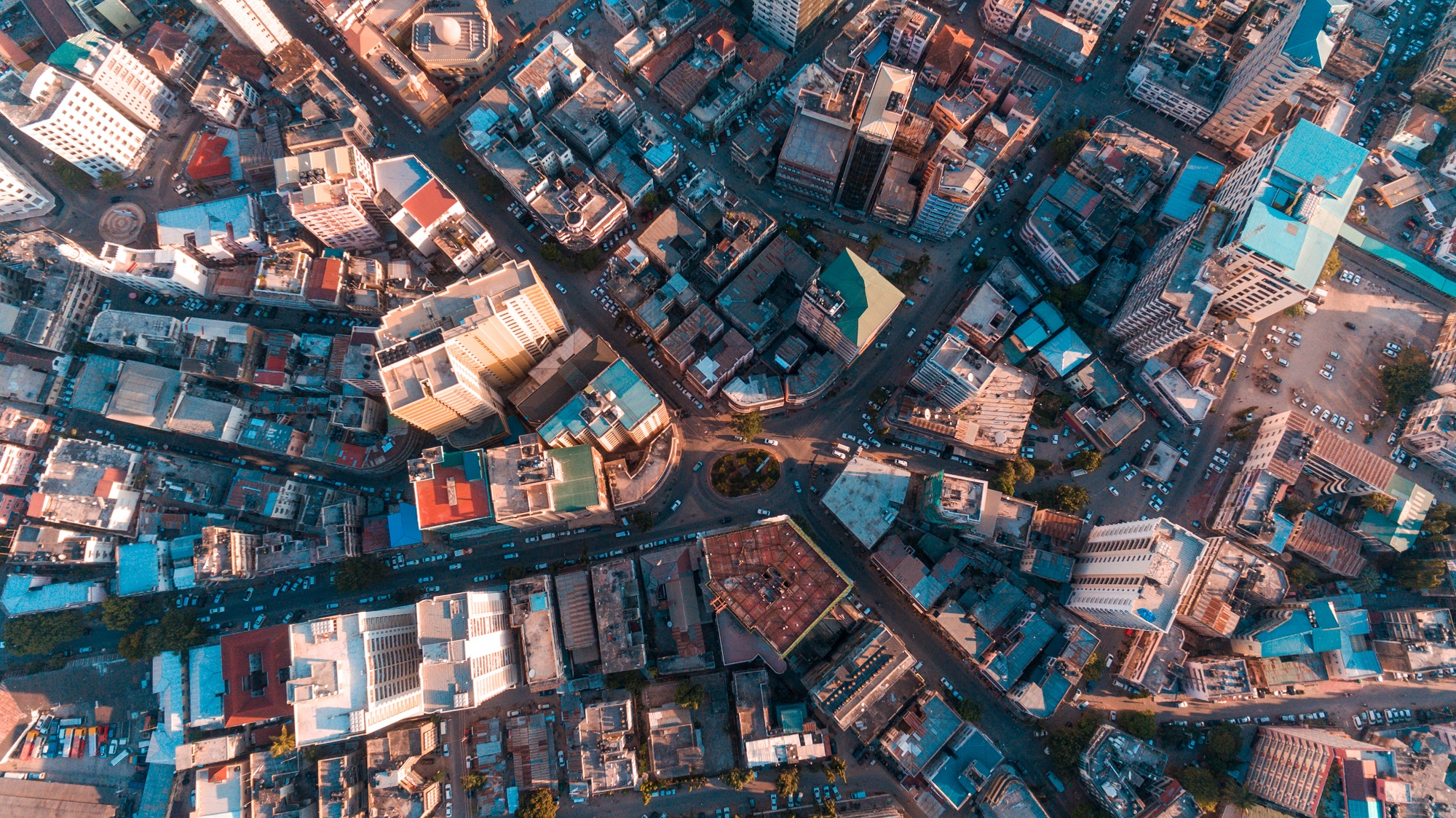By Adewumi Badiora, ACRC Lagos safety and security domain lead
Globally, an historic evolution is in progress. Megacities – defined by the UN as cities with populations of over 10 million – are emergent in Africa. Lagos in Nigeria, Kinshasa in the Democratic Republic of Congo and Cairo in Egypt are already megacities, while Luanda in Angola, Dar es Salaam in Tanzania and Johannesburg in South Africa will attain megacity status by 2030.
With the current rate of urbanisation in Africa, Abidjan in Côte d’Ivoire, Khartoum in Sudan, and Nairobi in Kenya will surpass the 10 million threshold by 2040; and, by 2050, Ouagadougou in Burkina Faso, Addis Ababa in Ethiopia, Bamako in Mali, Dakar in Senegal and Ibadan and Kano in Nigeria will join the ranks.
This will bring the total number of megacities in Africa to 14 in about 25 years. According to World Bank estimates, the number of people living in Africa’s urban areas will double to more than 1 billion by 2042. Lagos will be the largest city in the world by 2100, accommodating 88 million people, up from the current population of 21 million. This is in addition to the presence of the recently opened deep seaport and essential hub through which most of Nigeria’s imports and exports flow.
Lagos and other megacities in Africa will occupy key strategic locations, making their stability necessary for global integration. They have the potential to evolve into a connected network of economic hubs, which will drive the global economy, and they will be well-placed to become epicentres of human activity on the planet. There is therefore a need to consider the future policing and security interventions which may be needed to safeguard the security of such vast hubs of activity.
Vulnerability of large African cities
Despite the emerging opportunities, countries in Africa are considered to have failed to deliver on development – their citizens remain poor and disregarded by their governments, corruption reigns, and public goods and services are miserably unreliable and ineffectual. Deficits remain extreme, particularly in the informal neighbourhoods that provide homes to more than half of these large cities’ residents.
Makoko, a coastal informal settlement in Lagos. Photo credit: peeterv / iStock
Development initiatives are many, but they seem unworkable or unsustainable in the face of systemic state performance deficits. As resources become constrained, criminal networks could potentially fill the cracks left by overstretched and undercapitalised regimes. The risk of natural and manmade disasters – compounded by climate change, unregulated urbanisation and substandard infrastructure – will amplify challenges for humanitarian support. As inequality increases, traditionally conflicting religions, tribal groups and ethnicities will be brought into close proximity in these cosmopolitan cities. Low productivity will coexist with unprecedented population growth, as informal settlements rapidly expand alongside modern and highbrow settlements.
Within African cities, multiple stressors exist which challenge the cities’ ability to cope. To ignore large African cities at the global level, therefore, is perhaps to ignore the global future. The growing significance of cities in Africa will make their stability critical for global policy objectives. Failure to focus attention on them today will create strategic vulnerability for the world tomorrow. In a world made smaller by globalisation, pressures emanating from African megacities will have the capability to spread to and threaten western nations and interests.
Safety and security risks
African megacities are potential flashpoints from which an unanticipated strategic security surprise could emerge. They may offer several benefits to discrete criminal networks and safe shelter for terrorist groups who wish to strike even beyond the city. Cities’ traditional structures and value systems that once served as buffers and restricted criminal behaviour are severely undermined and reduced by large-scale migration. Crime actors have comparative freedom of operation as they integrate with the local population. Megacities could provide terrorists with the potential to cause mass fatalities in pursuit of gaining tangible political attention, or socioeconomic and/or military objectives.
Lagos, for example, is the most affected city in Nigeria in terms of the number of crime cases. The city has been rated with a score of 80.8 out of a possible crime score of 100 and in 2022 was ranked the second worst city to live in the world. In 2017, the Nigeria Bureau of Statistics reported that Lagos has the highest percentage share of total crime cases reported (37.9%) in Nigeria. Criminal youngsters and cultists in Lagos bear names like “One Million Boys”, “Fadeyi Boys”, “Awawa Boys”, “Para Gang Confraternity” (comprising mainly teenage girls). In different parts of the city, gang members rob people, break into homes and burgle shops. They also commit arson on properties and businesses, and murder. Some have elite patronage, as powerful actors use them as protectors and political ambition enforcers. Concealed in these groups is their capacity to transform into full criminal networks of terrorist groups. With improvements in the city’s healthcare and education systems, Lagos has now moved up two places to fourth worst city in the world ranking. But crime and insecurity remain problematic.
In addition, Lagos has been placed on high alert, following intelligence reports that Boko Haram terrorists and Islamic State West Africa Province (ISWAP) have plans to attack the city and create a base in Lagos or nearby. Some spontaneous happenings suggest that this may not be a mere threat. Just few days after the alert, terrorists launched two attacks on Owo – a cosmopolitan town in the same southwest area as Lagos. On 5 June 2022, they targeted worshippers attending church, and conducted a second attack on 27 July 2022. Although dismissed as speculative, the federal government claims that attacks have been traced to the terrorist group ISWAP. Previously, no such large-scale attacks had occurred in the Lagos southwest area. Therefore, beyond the Lake Chad Basin at the intersection of Cameroon, Chad, Niger and northeastern Nigeria, it not unlikely that ISWAP and the like are gathering momentum around Africa’s most populous city.
Dar es Salaam in Tanzania is expected to attain megacity status by 2030. Photo credit: Moiz Husein / iStock
Time for strategic change
The good news is that there is time to enact key policy changes to prepare for this complex environment. Security agencies must take responsibility for this urbanisation challenge. They need to build a community of interest, focusing on large cities, and formulate new strategic, operational and tactical approaches. All indications show that the security organisations are currently unprepared.
A decade of fighting Boko Haram and ISWAP terrorism in northern Nigeria should be a lesson that its security agency must shape itself to the complex African environment. Security agencies in Africa must immediately begin the process of understanding large cities and challenge themselves across their organisation, including training, leadership, personnel and modern facilities.
This blog calls for interventions including enhancing multistakeholder cooperation between state and the organised private sector, and reforming budgets to prioritise safety and security. Another key solution is to empower low-income neighbourhoods economically to reduce inequality and boost local community resilience by improving the city labour force. A bottom-up approach is required, to enable local communities to address security challenges, as opposed to top-down strategies. Community-led approaches can make good use of local knowledge and gather better community buy-in, thereby reducing implementation costs – which is vital in African economies, where resources are scarce and deficits remain extreme.
The present conditions of African cities call for some form of foreign aid and intervention, as the current risk poses a threat to global sustainability and global interests. Establishing an ongoing understanding of the dynamics of African cities is essential. Failure to understand these places will produce operational and tactical vulnerability. Thanks to ACRC and other institutions undertaking research projects, we have a critical opportunity to add greater depth to the understanding of the implications of African cities for the global future.
Header photo credit: peeterv / Getty Images (via Canva Pro). Busy streets of Lagos, Nigeria.
Note: This article presents the views of the author featured and does not necessarily represent the views of the African Cities Research Consortium as a whole.
The African Cities blog is licensed under Creative Commons Attribution-NonCommercial-NoDerivatives 4.0 International (CC BY-NC-ND 4.0), which means you are welcome to repost this content as long as you provide full credit and a link to this original post.




